
Messalonskee field hockey team. Front row, left to right, Riley Waraskevich, Ann Corbett, Journey Charles, Chloe Tilley, Abby Breznyak, Nealey Dillon, Jenna Cassani and Jenna Reardon. Back, Coach McLaughlin, Morgan Wills, Logan Alexander, Sidney Hatch, Alyson Violette, Shea Cassani, Malaika Thurston, Frankie Caccamo, Sarah Hellen and Coach Feldpausch. (photo submitted by Kim Kennedy)
The 9th Annual Battle For Breast Cancer took place at Thomas College, in Waterville, on Saturday, July 13, and was a truly great success.
The July 13 benefit tournament featured 11 Central Maine high school field hockey teams: Skowhegan, Messalonskee, Mt. Blue, Lawrence, Dirigo, Dexter, Nokomis, MCI, Winslow, Erskine Academy and Winthrop.
Now in its 9th year, more than $240,000 has been raised since 2011 for the beneficiary, the Martha B. Webber Breast Care Center, a program of Franklin Memorial Hospital, in Farmington. Diagnostic breast imaging, biopsies, lab services, surgical consultations, and post-surgical garments are just some of the examples of how the money has been used.”
“Money raised is used to support those with breast cancer living in Central Maine with health care costs as well as practical resources for patients such as gas cards and help with child care which may impact patient care,” said organizer Paula Doughty. “Last year we started a program with platinum thru bronze sponsorship opportunities for businesses or individuals, which provides sponsors with special recognition in the event’s program and during the opening ceremony.” This sponsorship has helped us tremendously.
“For over 40 years I drove 45 minutes a day to work and 45 minutes back from work,” said organizer Paula Doughty. “During this time I did my best thinking. Over the years I had experienced in my family and other people who had jobs but no insurance or high deductibles suffer. Often they got no care at all or couldn’t follow up with medical recommendations because of their financial situations. The hospitals would hound them for the payments they couldn’t make, and they were denied government help, yet didn’t have the money to pay on their own. Often many just gave up and ultimately died. That’s when I thought it would be great to try to help some of these local people with their needs. I met with some of my Skowhegan Field Hockey Boosters and the Battle for Breast Cancer came about.”

The Lawrence field hockey team. Front row, left to right, Abigail Townsend, Taylor Jordan, Sophia Luckern, Ashtynn Stewart, Taylor Leclerc, Emma Poulin, Alexis Trask, Lexi Gordon, Emily Hersey, Haylei Niles and Holly Bolduc. Back, Coach Shawna Robinson, Abbie Vigue Brooke Butler, Capt. Miranda Lambert, Capt. Lexi Lewis, Victoria Dunphy, Capt. Elsie Suttie, Tori Richards, Cassie Richards and Maddie Niles. (photo by Missy Brown, Central Maine Photography staff)
They chose the Martha B. Webber Center because it was local and rural. Often people don’t have the will or the resources to drive to the cities of Maine and they thought it was a good fit. Back in 2011, a total of four teams got together and had the first Battle for Breast Cancer at Colby College which included Skowhegan, Mt. Blue, Winslow and Nokomis. Their goal was to raise $1,000 and they ended up raising $16,655.
Since that time with over 11 teams they have now raised $242,000 dollars which has helped over 550 local people in Central Maine with everything from a gas card to get to treatments to many medical procedures. The entire central Maine field hockey community has stepped up and wanted to participate. Over the last two years they also have been collecting sponsors which has really helped boost the final amounts. The majority of the money is raised by field hockey players raising one dollar at a time with bottle drives, car washes, toll booths, and personal collections.
Next year will be the tenth year and Doughty said we plan on going all out to make it the best ever. “We know after reading and listening to testimonials of patients we help how worthwhile this event is. Hopefully more and more people in the Central Maine Area will donate for our cause,” Doughty concluded.




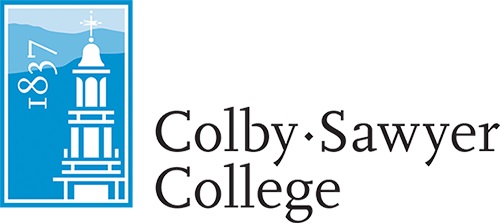 Internships are field experiences designed to provide a student learning opportunity under collaborative supervision between Colby-Sawyer College faculty, staff, in New London, New Hampshire, and work site professionals. Internships offer opportunities for students to enhance their academic programs with work experience related to career interests in all industry areas in national and international settings.
Internships are field experiences designed to provide a student learning opportunity under collaborative supervision between Colby-Sawyer College faculty, staff, in New London, New Hampshire, and work site professionals. Internships offer opportunities for students to enhance their academic programs with work experience related to career interests in all industry areas in national and international settings. Zach Smith of Waterville, has received 2018-19 NESCAC Spring All-Academic honors. Smith, the son of Mr. and Ms. Patrick D. Smith, of Waterville, is a 2017 graduate of Waterville Senior High School. He is majoring in psychology at Bates College, in Lewiston.
Zach Smith of Waterville, has received 2018-19 NESCAC Spring All-Academic honors. Smith, the son of Mr. and Ms. Patrick D. Smith, of Waterville, is a 2017 graduate of Waterville Senior High School. He is majoring in psychology at Bates College, in Lewiston.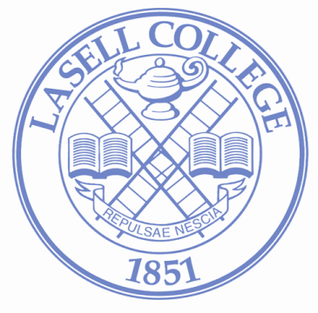 Lasell College, in Newton, Massachusetts, announced today students named to the dean’s list for their academic accomplishments in the Spring 2019 semester.
Lasell College, in Newton, Massachusetts, announced today students named to the dean’s list for their academic accomplishments in the Spring 2019 semester.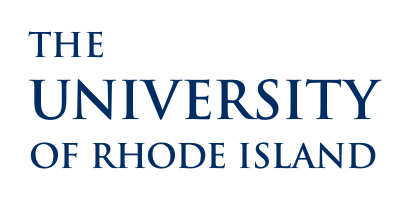 The University of Rhode Island, in Kingston, Rhode Island, is pleased to announce the Spring 2019 dean’s list. The students represent nearly all of Rhode Island’s cities and towns, all six New England states, New York and New Jersey, and many other states and countries.
The University of Rhode Island, in Kingston, Rhode Island, is pleased to announce the Spring 2019 dean’s list. The students represent nearly all of Rhode Island’s cities and towns, all six New England states, New York and New Jersey, and many other states and countries.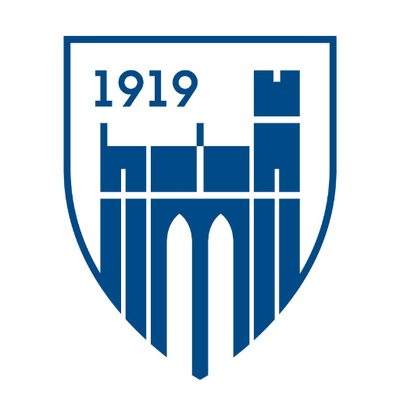 In honor of their outstanding academic achievement, Emmanuel College, in Boston, Massachusetts, has named more than 700 students to the Dean’s List for the Spring 2019 semester. To earn a spot on the Dean’s List, Emmanuel students must achieve a grade point average of 3.5 or higher for a 16-credit semester. The following local students were awarded:
In honor of their outstanding academic achievement, Emmanuel College, in Boston, Massachusetts, has named more than 700 students to the Dean’s List for the Spring 2019 semester. To earn a spot on the Dean’s List, Emmanuel students must achieve a grade point average of 3.5 or higher for a 16-credit semester. The following local students were awarded: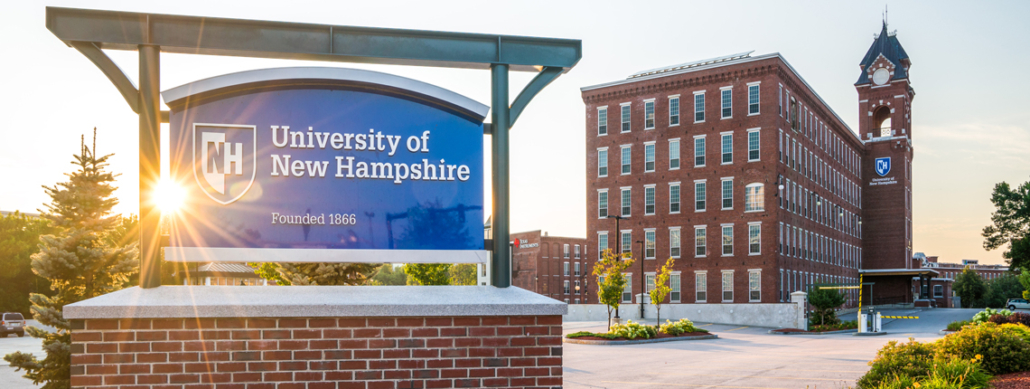 The following students have been named to the Dean’s List at the University of New Hampshire for the spring 2019 semester, in Durham, New Hampshire.
The following students have been named to the Dean’s List at the University of New Hampshire for the spring 2019 semester, in Durham, New Hampshire.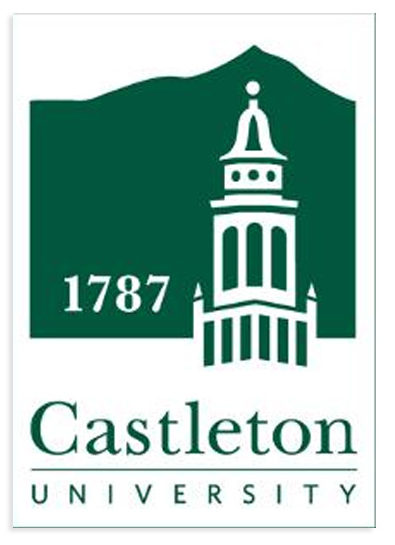 Mary Franks of Liberty, was recently named to the Castleton University dean’s list, in Castleton, Vermont, for the spring semester of the 2018-19 academic year.
Mary Franks of Liberty, was recently named to the Castleton University dean’s list, in Castleton, Vermont, for the spring semester of the 2018-19 academic year.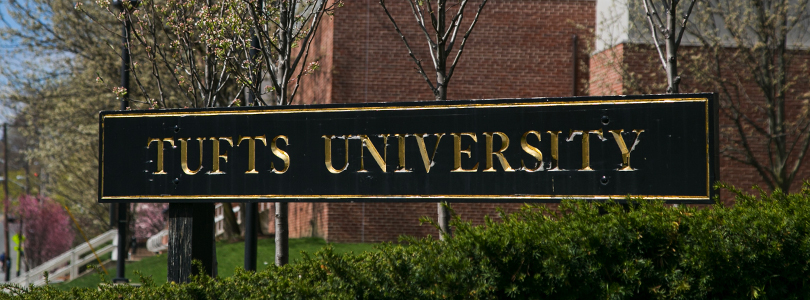 Cody Lambert, of Winslow, graduated from Tufts University, Medford/Somerville, Massachusetts, on May 19, 2019, with a degree in quantitative economics (BS), magna cum laude during a university-wide commencement ceremony that featured an address by award-winning actress and activist Alfre Woodard.
Cody Lambert, of Winslow, graduated from Tufts University, Medford/Somerville, Massachusetts, on May 19, 2019, with a degree in quantitative economics (BS), magna cum laude during a university-wide commencement ceremony that featured an address by award-winning actress and activist Alfre Woodard.
